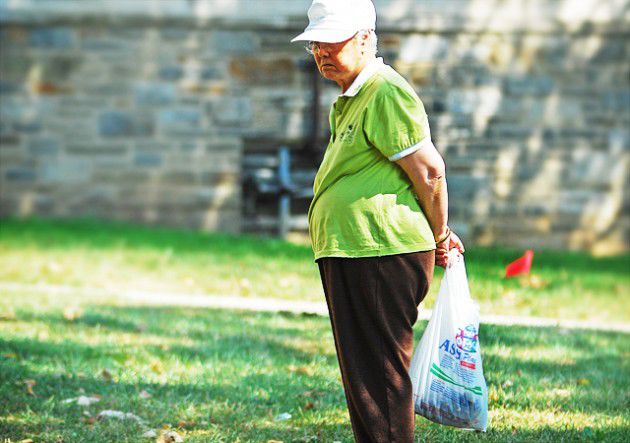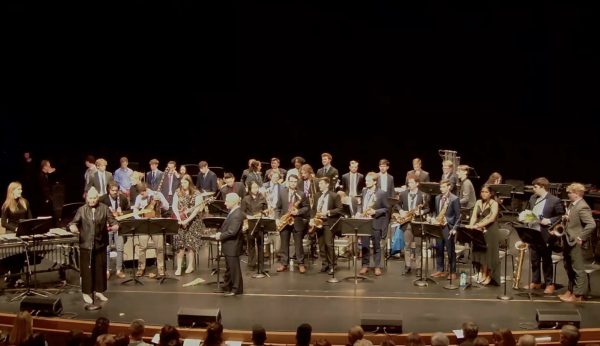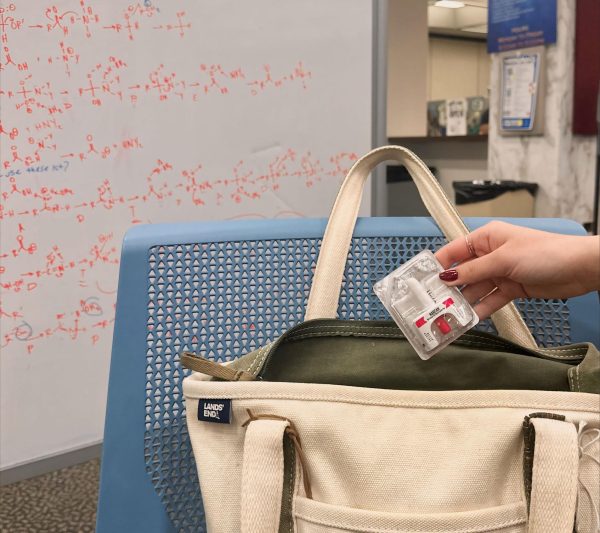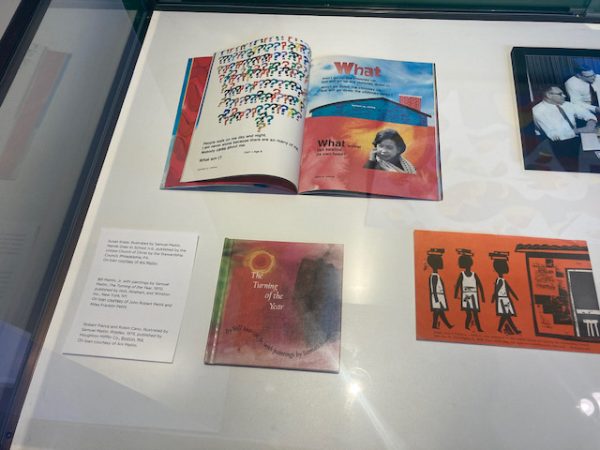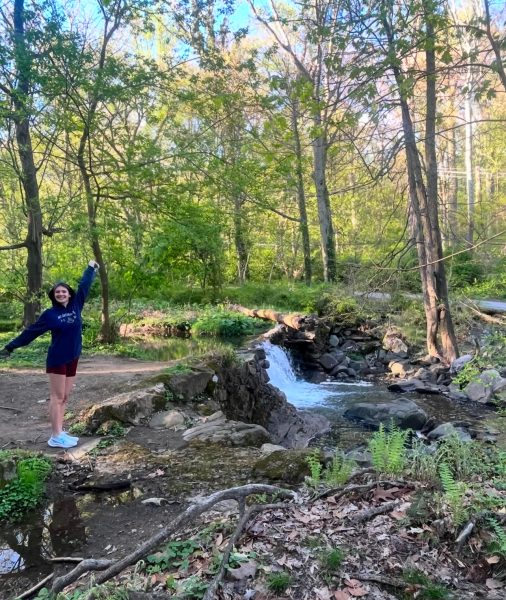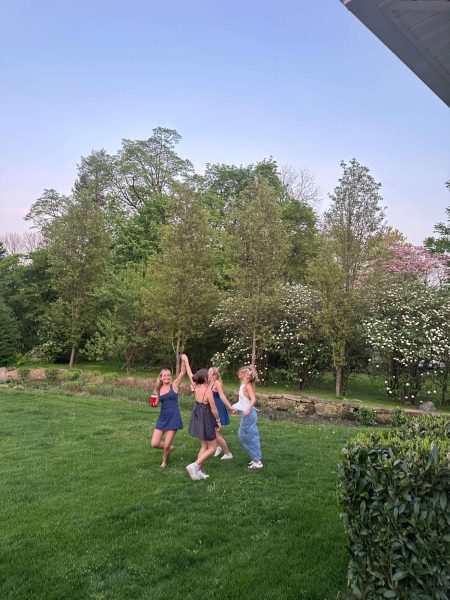The collectors
September 28, 2010
Tracy Wang is familiar with the Villanova grounds, though she is neither a student nor faculty. For the past three autumns, she has paid the campus a visit roughly once a week. Among others, she paces up and down Dougherty Drive in a systematic search for a small token of great significance to her and her family but of no interest to members of the Villanova community who pass by. The hunt is for the “Castanea dentate,” the American chestnut, which litters the grassy area adjacent to Sheehan Hall.
Wang first heard of the on-campus site from friends in her neighborhood in Havertown, though she travels here alone and talks to no one while crushing the prickly exteriors of the nuts under her heels and then placing the brown center in her bag. The others, according to Wang, include “Russians, Koreans, Chinese, Poles and Japanese.” They don’t all prepare the chestnuts in the same way, however.
Wang usually prepares a “very traditional” Chinese chicken and boiled chestnut soup with a water base and a bit of ginger. Most often, though, she simply roasts them by cutting through the shell and heating a few at a time in a cast iron pan. Like popcorn, the quarter-sized kernels are done once they start to pop. A stay-at-home mother of two, Wang claims that a bowl of chestnuts either with a glass of milk at breakfast or by themselves after school is her children’s favorite snack.
“My children like it very much,” she says. “They are so sweet and taste so good.”
As a sort of unofficial expert on the species, Wang knows not only about the flavor of the chestnuts but also about their nutritional value, history and natural geographic habitats. She gives them to her kids over other less healthy snacks because they’re “mainly starch—no fat, no cholesterol,” she says, and they’re especially good for the kidneys.
She instructs people who may have no way of cooking the chestnuts, like Villanova students to let them air dry for a couple of days and “They’ll still be sweet raw.” Or, she added, they could freeze the nuts for up to a year.
“The only thing I don’t know how to do is preserve them,”
Wang says. “They’re extremely perishable and get moldy easily.”
Usually, though, preserving them is not necessary, as her children go through “half a pound in one sitting,” and she collects, on average, five pounds for every two hours of searching.
But she didn’t always collect the chestnuts at that rate. It was only after her first couple of visits to campus that Wang was able to pinpoint which trees had the largest amount of chestnuts, and those are the ones to which she now gravitates. Knowing that they grow in clusters of three on the tree also expedites her gathering process.
“Whenever you see one on the ground, the other two have to be close by,” she says. One collection, she claims, saves her about $15 at the local grocery store.
While Wang is an efficient collector, she does not have a competitive attitude, and she becomes disheartened when she sees others poking at the lowest branches in an attempt to make unripe nuts fall. In fact, she stopped mid-sentence to observe a Public Safety officer reprimanding another woman for doing just that. To Wang’s appreciation, the University only interjects if the collectors touch the trees. When the officer approached her, she thanked him.
“These trees are excellent,” she says. “What they are doing is terrible.”
“Most [chestnut] trees in the United States are diseased and become diseased very easily,” she says of the trees that can only be found between Maine and Mississippi. “That is why the majority of chestnuts are imported from Italy.” As for China, Wang notes that similar variations can only be found in the most rural areas, all the more reason why she considers the ones on ‘Nova’s property to be rarities.
The chestnut season, which began in late August, is coming to a close this week. Though she may not be back this year, this is not the end of Wang’s days at ‘Nova. In fact, it may be the start of a long tradition.
When Wang moved to the United States 10 years ago, she took an ESL class at her local library. Since then, she has learned as much English as possible via books and TV, resulting in a strong ability to articulate her thoughts. It is a skill that the other collectors, who are much older and more conservative, do not have.
Now, her goal is to relay that dilligence and studiousness to her children and get them into good schools. Taking a break to look right to Bartley, center to Sheehan and left to Dougherty, Wang ponders: “Maybe Villanova.”

